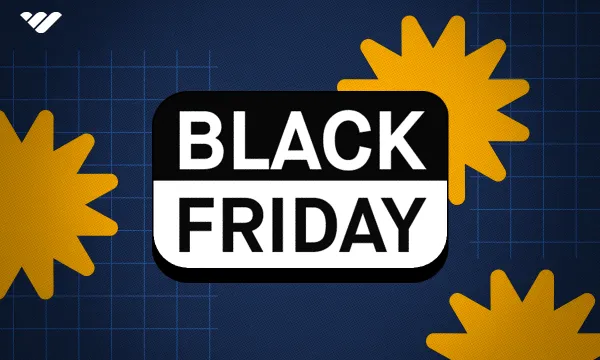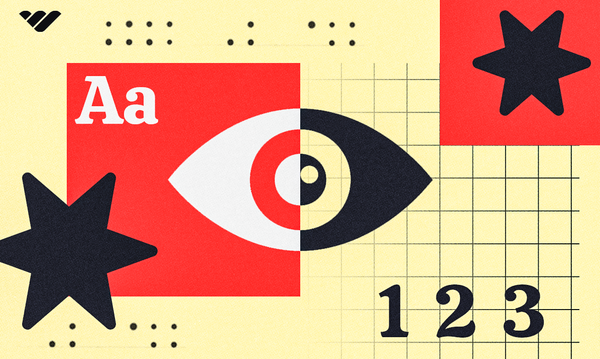Premium pricing is a common tactic used by brands all around the world. Now, simply deciding to charge more money might not sound groundbreaking at first glance, but there is certainly more to this strategy than meets the eye.
A premium pricing strategy may not be suitable for everyone. However, knowing how to maximize premium prices can not only gain you more revenue but also boost your brand's positioning in the market.
But how does it work? Surely it can't just mean implementing higher prices?
In this guide, we'll take you through everything you need to know about a premium pricing strategy. Here you'll learn not only what it is but also how to implement it in your business.
What is a premium pricing strategy?
Premium pricing is a strategy that involves tactically pricing your product or service at a higher price than the competition. While typically many businesses are looking to undercut their competitors, premium pricing works differently to set the bar a little higher.
These higher prices aren't about just hoping to attract customers who are simply willing to pay more for your product. This technique is best partnered with a tactical marketing strategy—a strategy that centers around enhancing brand perception.
It's also worth mentioning that prestige pricing isn't a short-term tactic. Implementing premium pricing involves setting higher prices and keeping them. But are there any downsides to a higher price point?
What are the pros and cons of premium pricing?
Choosing to use a premium pricing strategy may not be for everyone. It's important to evaluate your company's positioning, growth potential, and offering to determine its suitability.
Let's take a look at the potential pros and cons of premium pricing, so you know exactly what to expect.
Pros of premium pricing
Firstly, let's kick off with the positives. A premium pricing strategy certainly has its benefits, but let's break those down.
Higher profit margins 📈
It's basic math. Higher prices will naturally result in higher profit margins when done right. Charging more for your products or services will generate more revenue per sale, therefore increasing your profit overall. This may sound like an obvious one, but of course, it takes more than simply doubling your prices overnight.
Boosts brand image 🌟
Now, this one might depend on what you're selling, which is why we mentioned earlier how a premium pricing strategy may not be for everyone. However, offering products or services that are considered exclusive or of superior quality will certainly help justify the price tag.
By setting a premium price, this tactic has been known to enhance brand image, securing your business and products as a luxury brand.
After all, it's all about positioning and brand image. Two cars perform the same function, but there's a reason why people might choose an Audi over a Ford.
Attract high-value clients 🎯
A premium pricing strategy helps to attract high-value clients/customers who want to differentiate themselves from the masses.
When your higher price tag is paired with a luxury brand image, not only can you tap into the emotions of your customers, but the exclusivity of your product is heightened. There's no denying that high-ticket customers will become even more excited to buy when a product is more exclusive and harder to obtain—this leads us to our next point.
Lowers sales volume 📉
This might seem a little counterproductive, but reducing your sales volume can actually benefit your business. When you're selling products at premium prices, you can create a sense of scarcity and increase perceived value.
Many luxury brands use a premium pricing model, only producing a limited number of their products, and therefore making them more exclusive and desirable. Let's face it, people don't go putting themselves on a waiting list for something they could buy down at the mall for $5 at any time.
Lead the market 🏆
If you successfully implement a premium pricing strategy, it can not only increase brand perception but also raise barriers to entry in your industry.
With customers willing to pay more for your service or products, other brands won't be able to compete without upping their game.
Compete on quality over price 💎
Typically many brands choose to opt for a competitive pricing strategy. This may mean undercutting other brands with a similar product in order to appear better value for money. A premium pricing strategy approaches things from a different standpoint—making your brand compete on quality and value versus price.
Sure, there will be lower-priced alternatives out there, but prestige pricing works to differentiate your brand from your lower-priced competitors. This very much follows from our previous point on the importance of building a brand image that customers are willing to pay more for.
Already set up with your pricing strategy but not sure whether to include a freemium option? We take a closer look at what 'freemium' really means and when it's used best.
Cons of premium pricing
To make the most of premium pricing, there are a few things to consider. The factors that need to be aligned best for maximum output are often seen as the biggest drawback of a premium pricing strategy—but are they cons you can overcome? We've covered these below to help you make an informed decision.
The need for a strong USP 🛡️
Your brand's USP (unique selling point) is incredibly important when it comes to implementing a premium pricing strategy. If you can't sell what your product or service does best and show why customers should opt to buy from you, you can't easily justify higher prices.
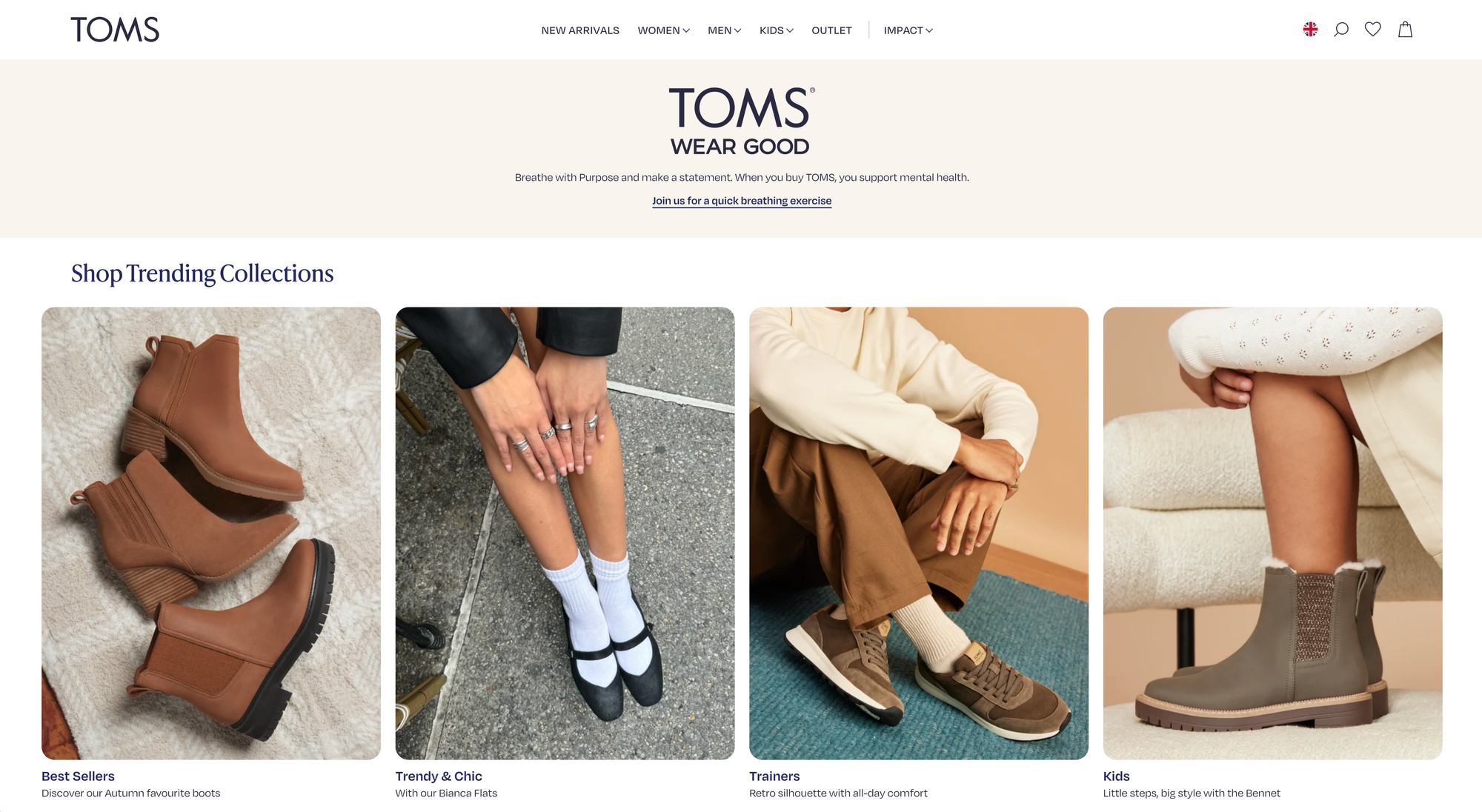
Nailing your USP is key to increasing what your customers are willing to pay and building both a premium brand and a premium price.
May limit market opportunity 🚧
Premium pricing will naturally limit your market since your new pricing will not be accessible to all. If you're looking to sell to a mass market, a premium pricing strategy may not be for you.
Depending on your product or service, limitations on market opportunities may not be a concern if your focus is on quality over shifting high quantities.
Vulnerability to undercutting ⚠️
If you choose to market your products or services with premium pricing, one downside of this is the opportunity for competitors to undercut you. Opting to sell at a higher price certainly has its benefits, and it's important to remember why you're choosing to implement a premium pricing strategy.
However, it's important to recognize that a higher price may work against you if a competitor were to come along with a cheaper equivalent.
Customer expectations must be met 📋
Now, this might be a given, but when you look to implement a premium pricing strategy, you have to ensure that you're meeting customer expectations.
When your product or service comes with a higher price, it's super important to ensure expectations are met, if not exceeded.
The best time to implement a premium pricing strategy
If you're at the very beginning of setting up a new business, it can be tricky to get started with a premium price. A premium pricing strategy works best for brands that have already established a reputation for providing high-quality products or services.
Once you've developed a large demand and a level of brand loyalty, hitting those higher price points becomes a lot easier, especially since you already have a loyal customer base.
How to offer premium pricing
👨👨👦👦 Know your target audience: Before implementing premium prices, it's important to understand your target audience and what influences their buying decision.
👀 Identify your unique value proposition: What makes your product different from everybody else's? The route to justifying a premium price comes from presenting your USP.
🤳 Communicate your USP: Now you know what it is, the next step is to communicate your USP effectively across your overall marketing strategy.
🙅♂️ Don't give in to promotions: For price-sensitive customers, slashing your prices will help you achieve more sales. But if your higher-priced products suddenly drop, customers will no longer see the value.
🙌 Go above and beyond: It's not just about delivering an excellent product or service; since your customers are paying more, they're also going to expect knowledge, communication, and great customer service.
Looking to start a business but not sure which direction to go in? Here are some of the best businesses to get started with, so you can become your own boss in no time.
Premium pricing examples
A number of companies use a premium pricing strategy that's closely linked to their overall marketing goals.
While these brands are well-known and sell physical products, there is still plenty of room for newcomers to find their place in the market and use prestige pricing.
Let's see who is already using this strategy and doing it well.
1. Rolex

If you're looking for a great example of premium pricing, look no further than Rolex.
Rolex is considered one of the most iconic luxury brands in the world, and its use of premium pricing creates a perception of exclusivity and higher quality.
Rolex's use of high-quality materials and limited distribution also work to create a sense of rarity, making their higher price a part of the package. With established partnerships with prestigious events, Rolex has also cleverly leveraged PR to enhance brand value and image.
2. Starbucks
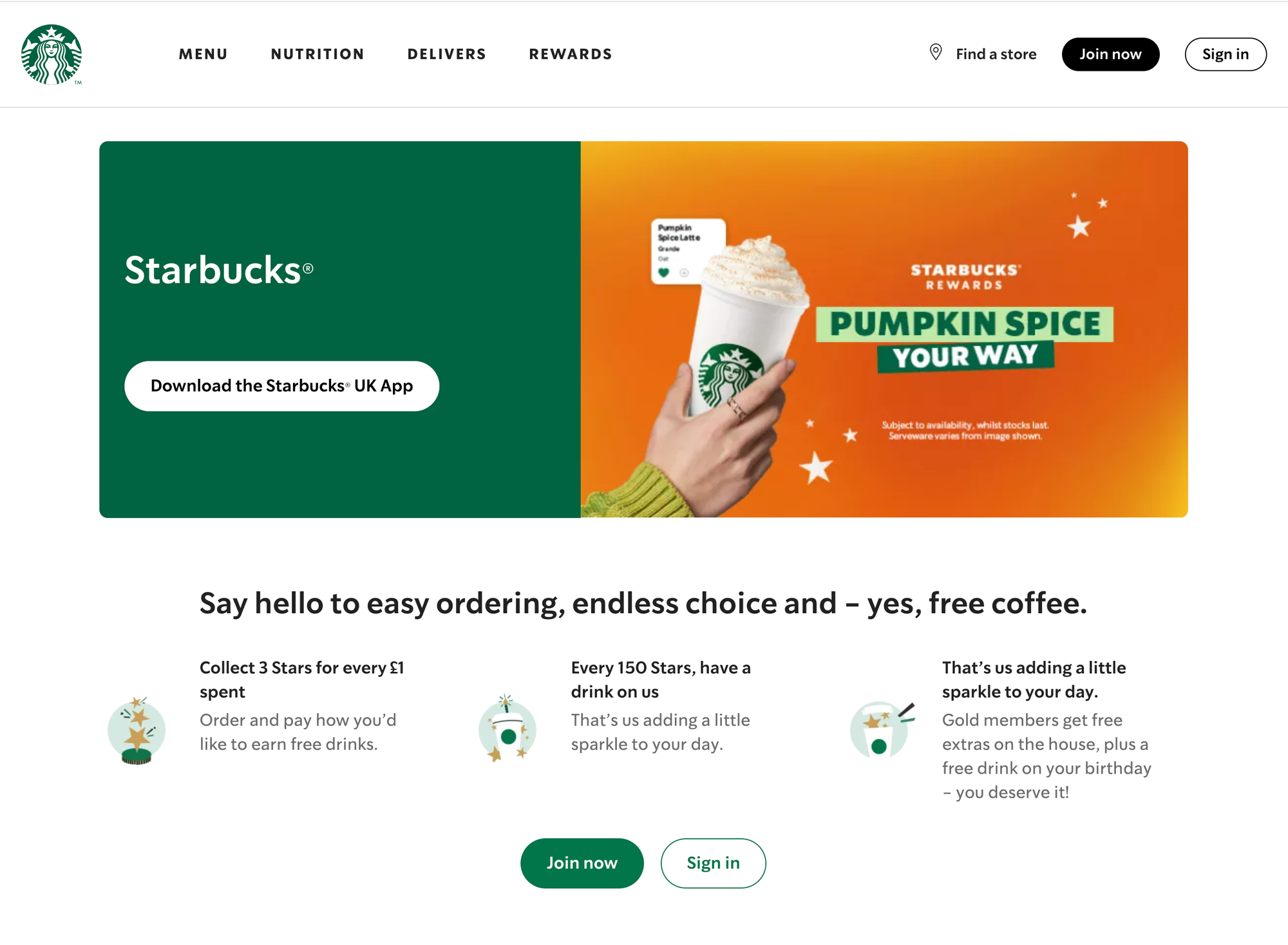
Let's take a closer look at a brand that provides a different type of product. In a similar way to how a car manufacturer stands out from its competitors, Starbucks has also built a solid brand that customers buy into.
Instead of trying to compete with more affordable coffee options, Starbucks uses premium pricing to distinguish its brand from others.
It's clear to see that Starbucks has created a pricing and brand loyalty strategy that gives customers exactly what they want, optimizing their price points for higher profit margins.
With the average price for a coffee in New York sitting at $5.22, there's no denying that customers continue to buy into Starbucks—despite price increases.
3. Apple

Although very different from the likes of Rolex, Apple is very much a brand that consumers buy into. As we touched upon earlier, other products on the market provide the same functionality, but it's Apple's enhanced brand image that really sells its products.
Of course, the product's quality is equally as important. But Apple's unique selling point, brand values, and even their customer service is what gives them a competitive advantage.
Apple's use of a premium pricing strategy is closely related to the strategy of price skimming—a method that involves initial high prices, lowering them slightly over time.
4. Louis Vuitton
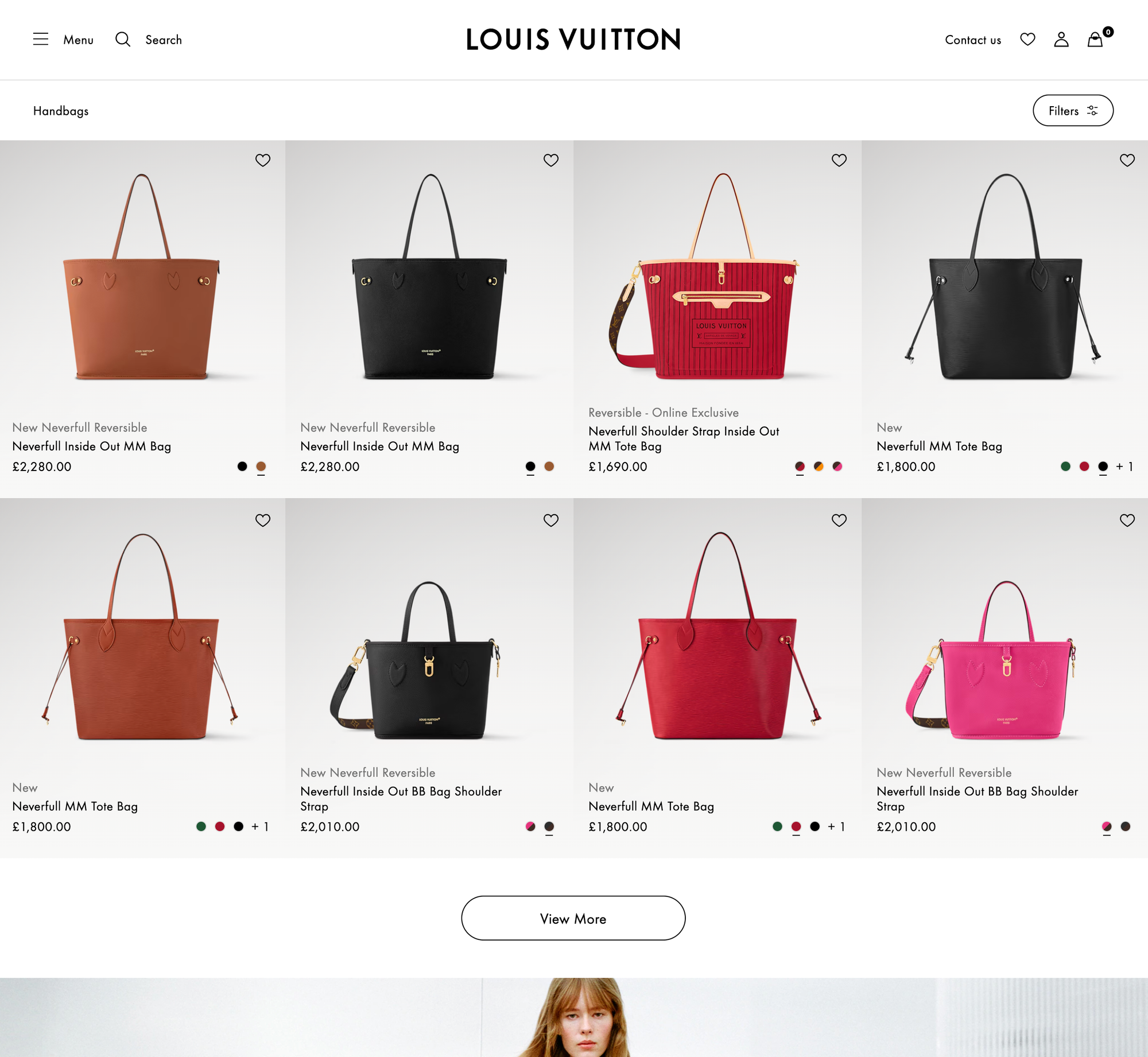
When it comes to premium pricing, Louis Vuitton is an interesting example of pivoting their marketing strategy. In recent years, the fashion giant has tapped into both the Gen Z and Millennial demographic by partnering with the likes of Billie Eilish and Zendaya—opening up new sales opportunities.
However, since customers perceive Louis Vuitton as high value and of high quality, they're willing to pay more. As well as having built a strong brand over time, the company also pays special attention to the materials and designs of its products—therefore delivering on quality.
5. Lexus
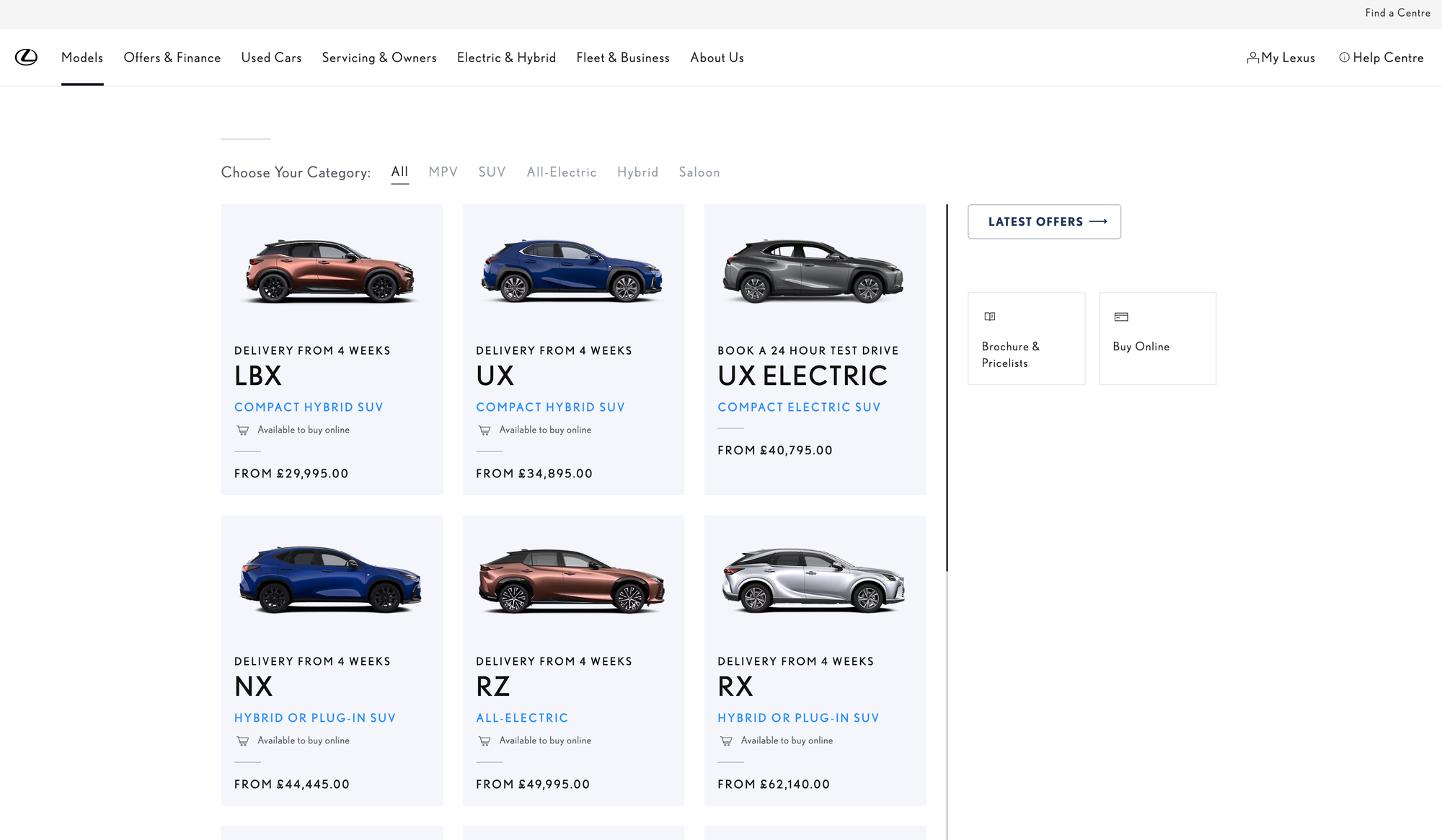
Much like Rolex, Lexus uses prestige pricing to attract affluent buyers. Lexus uses this pricing strategy to position themselves as a luxury brand that emphasizes quality, innovation, and exclusivity.
Sure, they price their vehicles higher than their competitors—but the brand continues to reinforce its reputation for producing high-end, reliable cars with advanced technology.
Start taking payments with Whop
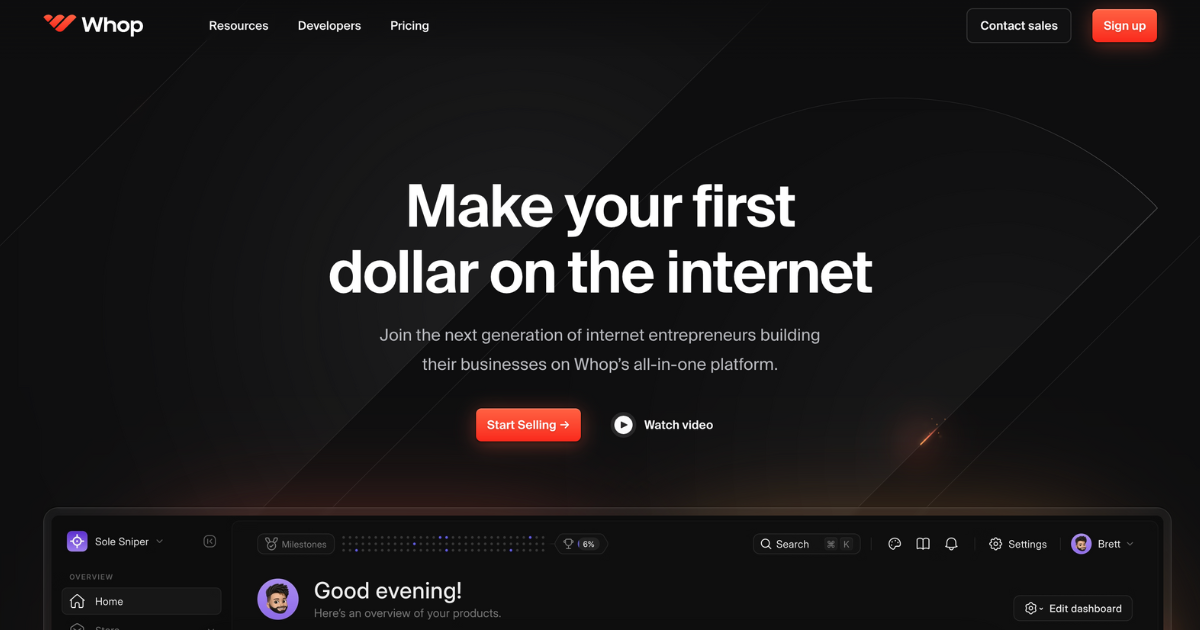
With Whop, our all-in-one platform streamlines the process of receiving payments. Whether you're looking to undercut your competitors or implement a premium pricing strategy, we've got you covered.
Take advantage of various payment methods, including credit card, Google Pay, Apple Pay, and cryptocurrency, providing a new level of flexibility to your users. Plus, with Whop, you can offer one-off payments, subscriptions payments, and buy-now-pay-later-options. Whop even has tools for customer management, dispute resolution, and tracking sale data.
Not signed up just yet? No matter what you're selling, you can start making money today with Whop. Signing up only takes a couple of minutes.


